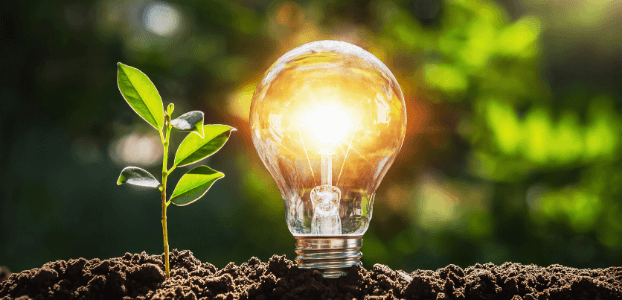How to Completely Electrify Your Home
If you’re familiar with the “electrify everything” movement, you may still have some questions about implementation. On the other hand, if you’re unsure what it means to “electrify,” the infographic below gives a great overview of the push for cleaner energy.
What Does It Mean to Electrify Your Home?
Electrifying your home is the process of converting all natural-gas-powered technologies to electricity in an attempt to reduce emissions.
This idea is met with plenty of opposition but there’s no denying the fact that energy consumption around the world is growing. In 2018, energy consumption reached an all-time high in the US. America depends on many different energy sources to meet this demand, but now more than ever, renewable energy and cleaner sources need to be prioritised. It’s important to point out that reduced consumption would have the most beneficial impact—no matter what source is being used.
Benefits of Electrification
While electricity isn’t the cleanest option as of now (especially compared to renewables), improvements could make it a zero-carbon source of energy in the near future. This would clean up the energy grid and lessen our reliance on fossil fuels (and the countries that supply it). Many proponents of electrification say that we shouldn’t wait for it to be 100% clean to make the switch. Electric vehicles are a good example of how early adoption of the new alternative was slow, but as conversion costs decreased, more people got on board with the idea.
The infographic below explains the basics of electrification and ways you can make changes in your home, like installing a heat pump or solar panels, to reduce your carbon footprint.

Created by The Zebra


















